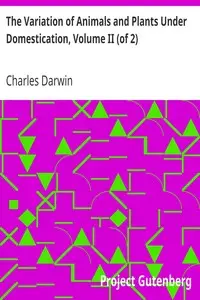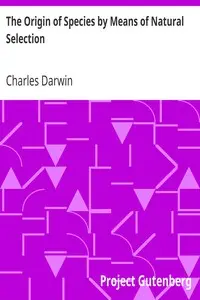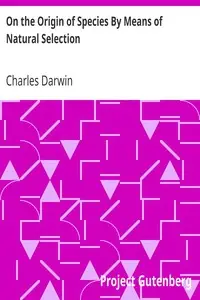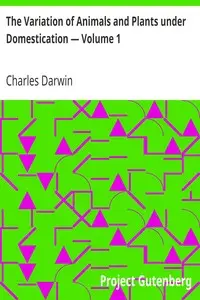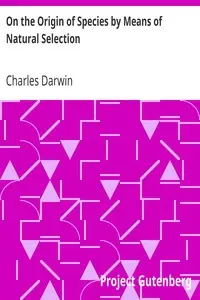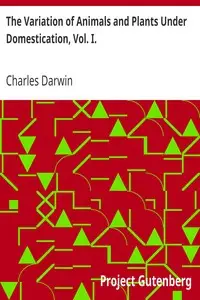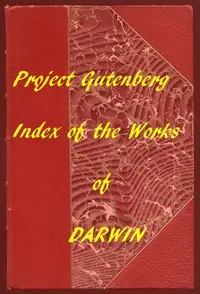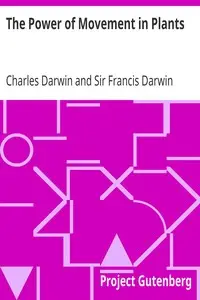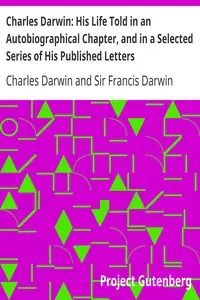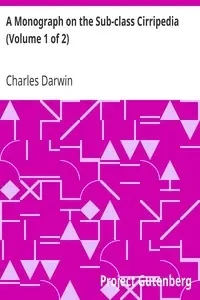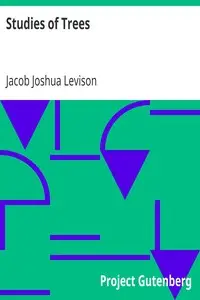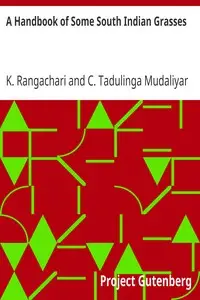"The Variation of Animals and Plants under Domestication" by Charles Darwin is a science book that examines the changes in animals and plants when they are raised by humans instead of living in the wild. Darwin looks at how people choose specific traits they like, called artificial selection, and how this changes the species over time. He starts by looking at dogs and cats, exploring their history of being domesticated and the traits they inherited from their wild ancestors. Then, he talks about the different types of dog breeds, what makes them unique, and where they came from. He studies how selective breeding plays a part in changing these animals, setting the stage for his broader arguments about how humans can influence the variety of living things.
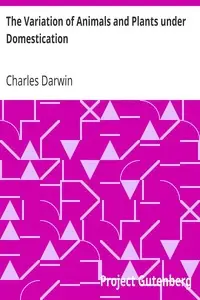
The Variation of Animals and Plants under Domestication
By Charles Darwin
Discover how humans shape the evolution of animals and plants by choosing desired traits, leading to a world of diverse breeds and varieties.
Summary
About the AuthorCharles Robert Darwin was an English naturalist, geologist, and biologist, widely known for his contributions to evolutionary biology. His proposition that all species of life have descended from a common ancestor is now generally accepted and considered a fundamental scientific concept. In a joint publication with Alfred Russel Wallace, he introduced his scientific theory that this branching pattern of evolution resulted from a process he called natural selection, in which the struggle for existence has a similar effect to the artificial selection involved in selective breeding. Darwin has been described as one of the most influential figures in human history and was honoured by burial in Westminster Abbey.
Charles Robert Darwin was an English naturalist, geologist, and biologist, widely known for his contributions to evolutionary biology. His proposition that all species of life have descended from a common ancestor is now generally accepted and considered a fundamental scientific concept. In a joint publication with Alfred Russel Wallace, he introduced his scientific theory that this branching pattern of evolution resulted from a process he called natural selection, in which the struggle for existence has a similar effect to the artificial selection involved in selective breeding. Darwin has been described as one of the most influential figures in human history and was honoured by burial in Westminster Abbey.

